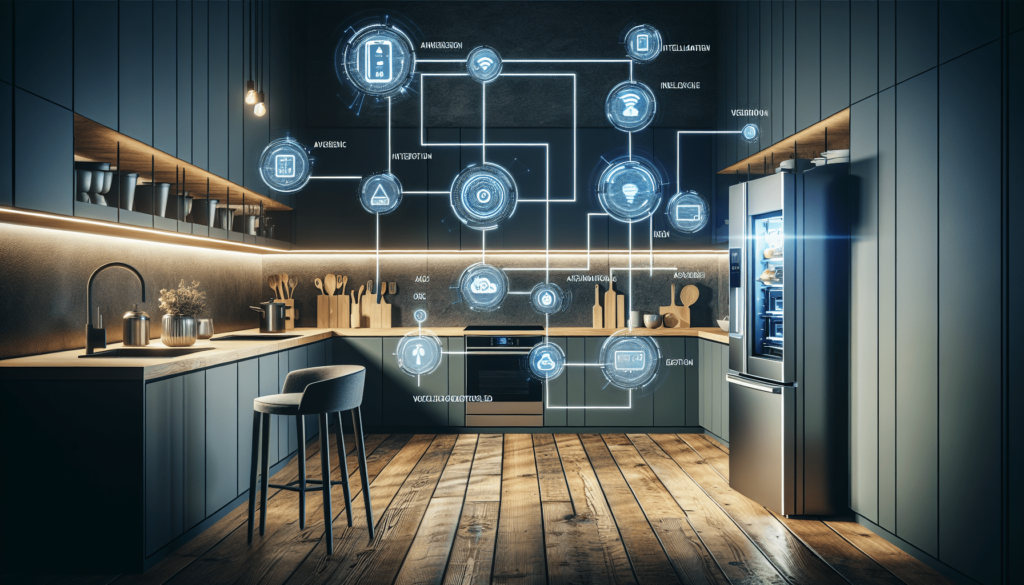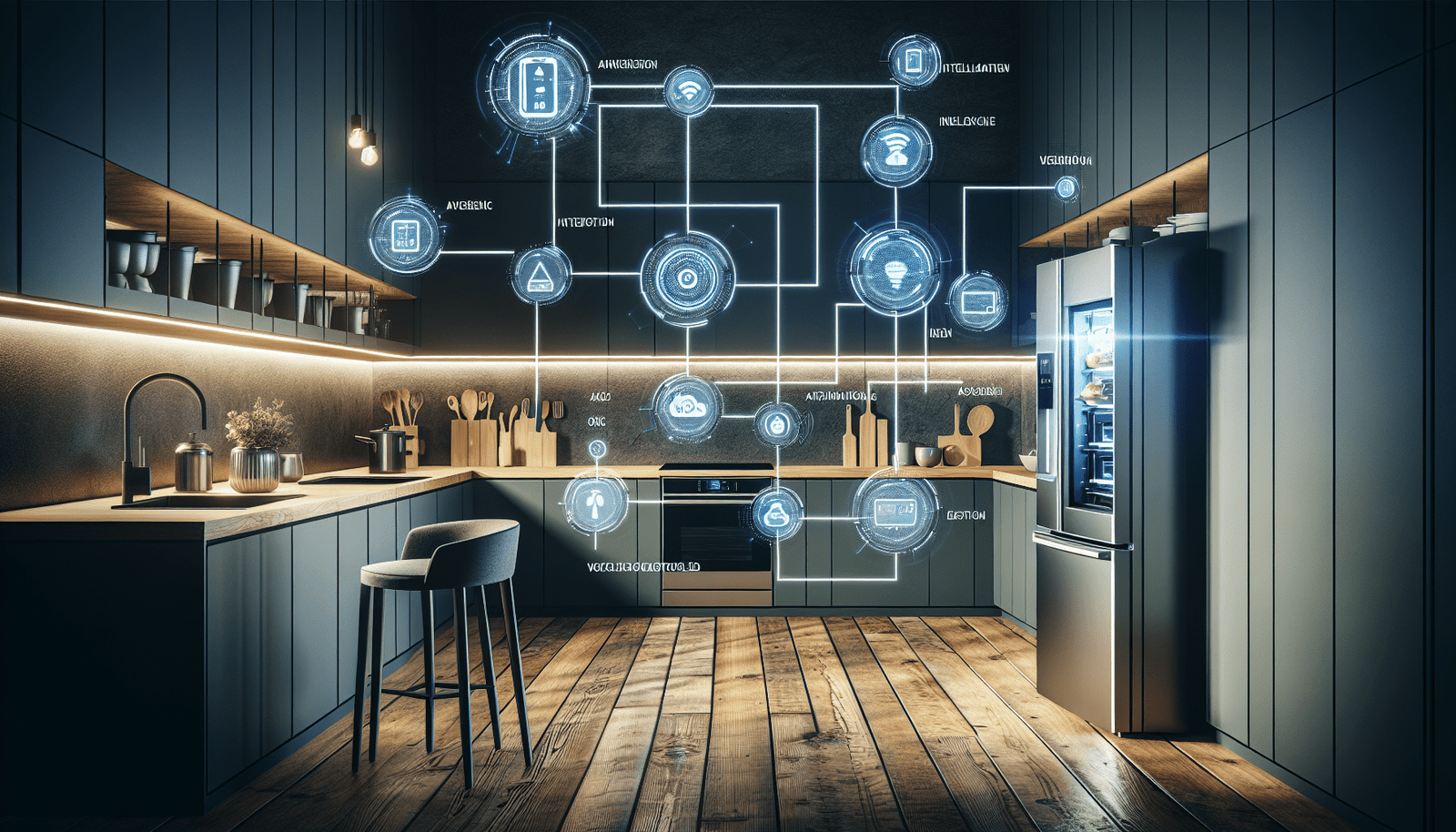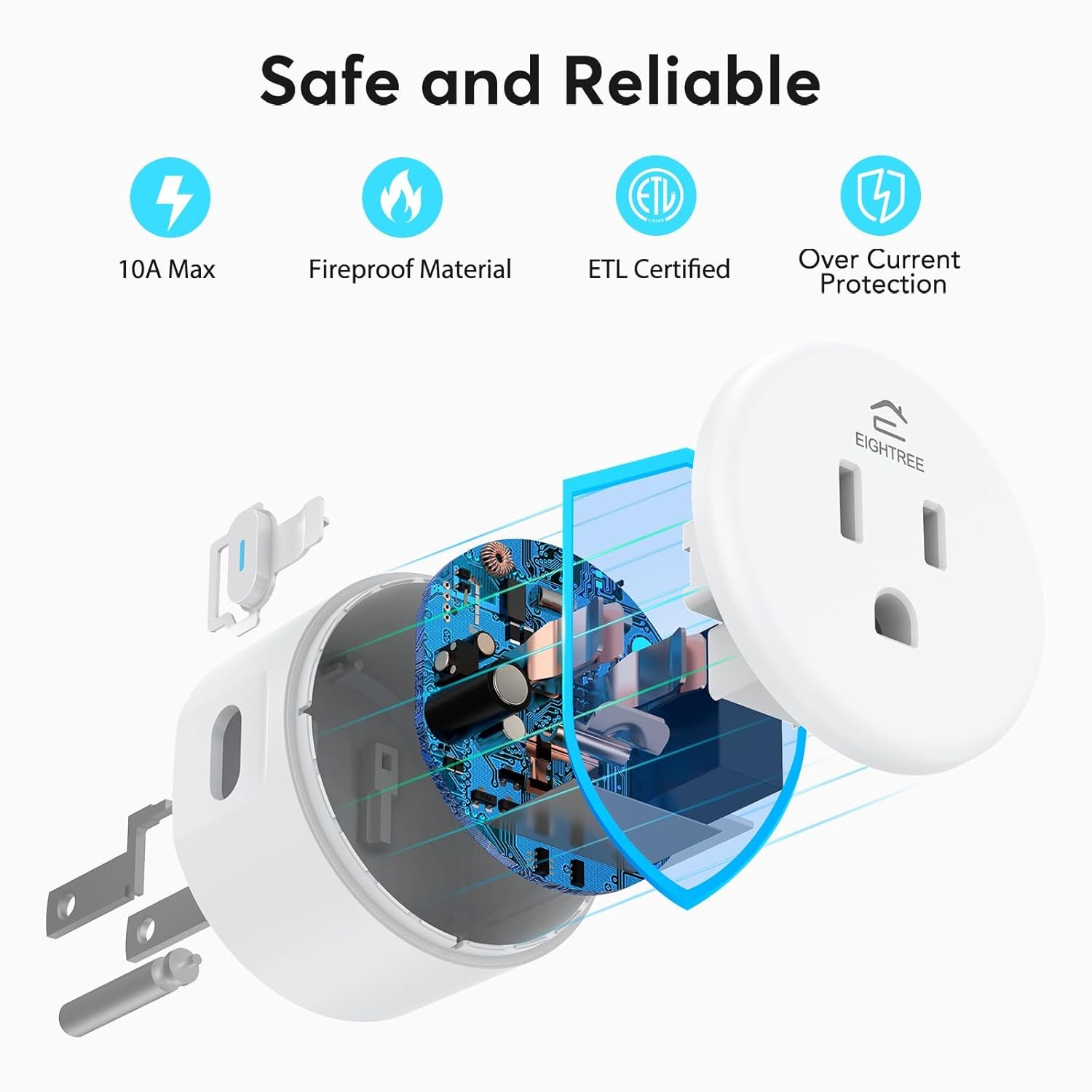Have you ever imagined walking into a kitchen that seems to anticipate your every need? A space where appliances work in harmony, simplifying cooking tasks and optimizing meal preparation? In today’s tech-savvy world, creating a fully connected smart kitchen ecosystem is not only possible but also increasingly popular. For homeowners interested in smart technology, cooking enthusiasts seeking precision, or busy individuals aiming to streamline meal prep, a smart kitchen is a dream come to life.
Understanding the Smart Kitchen Ecosystem
Before diving into how to set up a smart kitchen, let’s understand what this ecosystem entails. At its core, a connected smart kitchen is an environment where appliances and devices are integrated through a network, allowing them to communicate and operate efficiently. This setup extends beyond individual smart devices, harnessing their collective capabilities to create a seamless and intuitive cooking experience.
What Are Smart Kitchen Devices?
Smart kitchen devices are appliances and gadgets equipped with advanced technology that enable them to connect to the internet, use sensors, and be controlled remotely via smartphones or voice assistants. From smart refrigerators that track groceries to intelligent ovens that adjust temperature for perfect baking, these devices enhance your kitchen’s functionality.
Why Invest in a Smart Kitchen?
The appeal of a smart kitchen extends beyond its futuristic vibe. By automating routine tasks, you gain time to focus on what matters most. Imagine brewing your morning coffee from bed or receiving notifications when your groceries are running low. With a smart kitchen, cooking becomes less of a chore and more of a delightful experience, saving you both time and energy.
Setting Up a Smart Kitchen: A Step-by-Step Guide
Embarking on a smart kitchen transformation might seem daunting, but breaking it down into steps can make it manageable and enjoyable. Whether you’re starting from scratch or upgrading your current setup, here’s how to go about it.
Step 1: Assess Your Needs and Space
Begin by evaluating what you want to achieve with your smart kitchen. Are you interested in meal preparation efficiency, energy savings, or enhancing food safety? Determine your priorities, and consider the space available to ensure a smooth integration of smart devices without overcrowding.
Step 2: Choose Compatible Smart Appliances
Selecting the right appliances is crucial in building a cohesive smart kitchen. Look for devices that are compatible with each other and can connect to a central hub or voice assistant. Top options include smart refrigerators, ovens, dishwashers, and coffee makers. Each offers specific benefits, such as:
- Smart Refrigerators: They can notify you of expiration dates and recommend recipes based on the ingredients inside.
- Smart Ovens: These feature precise cooking controls and the ability to preheat via smartphone.
- Smart Dishwashers: Often equipped with sensors to adjust water usage for optimal efficiency.
- Smart Coffee Makers: Program them to have your coffee ready as you wake up.
When comparing devices, consider factors like pricing, durability, and additional features that align with your needs.
Step 3: Integrate a Central Hub
A central hub acts as the command center of your smart kitchen ecosystem. This device enables your appliances to communicate and be controlled from one place. Common hubs include smart speakers like Amazon Echo or Google Nest Hub. These hubs not only integrate devices but also allow voice control, making it convenient to manage kitchen tasks.
Step 4: Connect Devices and Automate Functions
Once you have your appliances and hub in place, focus on connecting each device to your network. Many smart devices include apps that guide you through the connection process. After setup, consider automating functions such as setting your oven to preheat at a specific time or receiving alerts when groceries need replenishing.
Step 5: Consider Energy Efficiency and Sustainability
Integrating smart technology provides an excellent opportunity to make your kitchen more energy-efficient. Look for energy star-rated appliances and use smart plugs to monitor energy consumption. Moreover, integrating renewable energy sources, such as solar panels, can further reduce your carbon footprint and utility bills.

Enhancing Kitchen Functionality and Efficiency
With a smart kitchen setup, the possibilities for enhancing functionality and efficiency are vast. Here are ways these innovations can revolutionize your cooking experience.
Streamlining Meal Preparation
Smart kitchen devices reduce the complexity of meal prep. Appliances like smart scales and thermometers ensure precision in measurement and cooking time, while smart displays provide hands-free access to recipes. You can adjust cooking settings on smart stoves directly from your phone, ensuring meals are cooked perfectly with minimal effort.
Improving Food Safety and Storage
Maintaining food safety is an essential aspect of the smart kitchen. With smart refrigerators, you can monitor the freshness of your groceries, receive reminders about upcoming expiration dates, and even receive suggestions for meals based on available ingredients to minimize waste.
Efficient Cleaning Solutions
Smart dishwashers and faucets smoothen the cleaning process. Sensors in these devices optimize water and energy use, while smart reminders ensure timely maintenance and cleaning cycles. This not only saves time but conserves valuable resources.
Exploring Trends and Future Innovations
Smart kitchen technology is rapidly evolving, with exciting advancements constantly emerging. Staying updated on trends can help you further enhance your kitchen ecosystem and prepare for future innovations.
The Rise of AI-Driven Cooking Assistants
Artificial Intelligence (AI) is increasingly integrated into smart kitchen devices. AI-driven assistants can suggest recipes, adjust cooking settings automatically, and even detect when food items are cooked to perfection. These capabilities simplify meal preparation and enhance cooking precision.
The Impact of 5G and IoT
The adoption of 5G technology and the Internet of Things (IoT) further propels the interconnectivity of devices. With faster and more reliable connectivity, your smart kitchen ecosystem becomes even more responsive and efficient, ensuring all devices operate seamlessly together.
Augmented Reality Cooking Experiences
Augmented Reality (AR) is paving the way for immersive cooking experiences. Through AR glasses or displays, you could visualize step-by-step guides overlaid onto your kitchen workspace, making complex recipes easier to follow.

Maintaining Your Smart Kitchen
Keeping your smart kitchen in top shape ensures longevity and efficiency. Here are best practices for maintenance and troubleshooting common issues.
Routine Maintenance Tips
- Regularly clean and inspect smart appliances to prevent wear and tear.
- Update device software to enjoy the latest features and security enhancements.
- Calibrate sensors and check connections to maintain optimal performance.
Common Troubleshooting Solutions
- Connectivity Issues: Ensure stable internet connections and check if devices are paired properly with the hub.
- Device Malfunctions: Restart appliances and consult user manuals or support apps for guided troubleshooting.
- Cybersecurity Concerns: Use strong, unique passwords for devices and regularly check for firmware updates to protect against vulnerabilities.
Cybersecurity in the Smart Kitchen
With the benefits of a connected kitchen comes the responsibility to secure your devices. Protecting your network from potential cyber threats is crucial.
Implement Strong Security Measures
- Use a separate network for smart devices to isolate them from sensitive data.
- Install security updates promptly to safeguard against exploits.
- Consider a firewall or VPN for an additional layer of protection.
Educate Yourself and Guests
- Familiarize yourself with security practices and incorporate them into daily routines.
- Inform family members and guests about safe device usage, such as avoiding unknown networks and regularly updating devices.
In summary, a fully connected smart kitchen ecosystem offers immense benefits, from simplifying meal preparation to enhancing the overall cooking experience. By assessing your needs, selecting the right appliances, and ensuring effective integration, you can transform your kitchen into a modern marvel where convenience and innovation meet. Whether you’re a tech enthusiast or simply seeking efficiency, embarking on this journey could redefine how you cook, clean, and manage your culinary space.
Disclosure: As an Amazon Associate, I earn from qualifying purchases.





